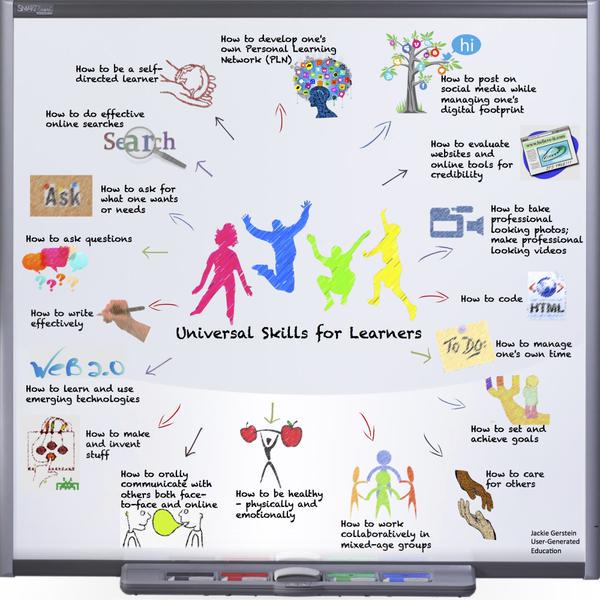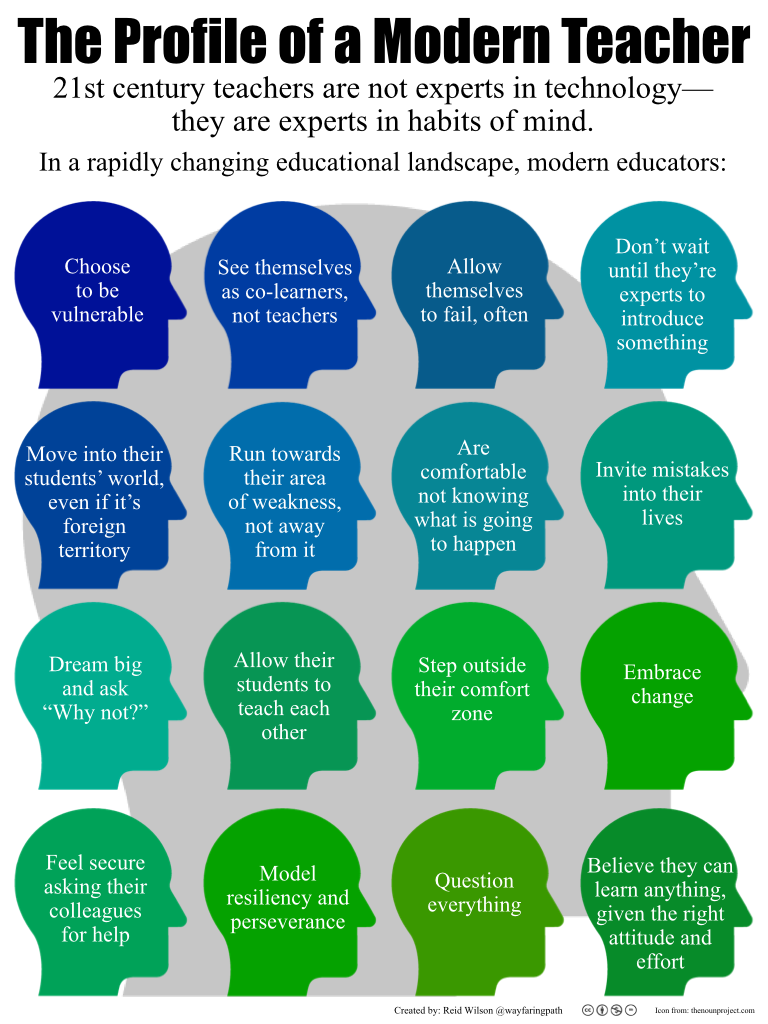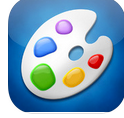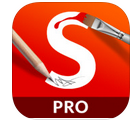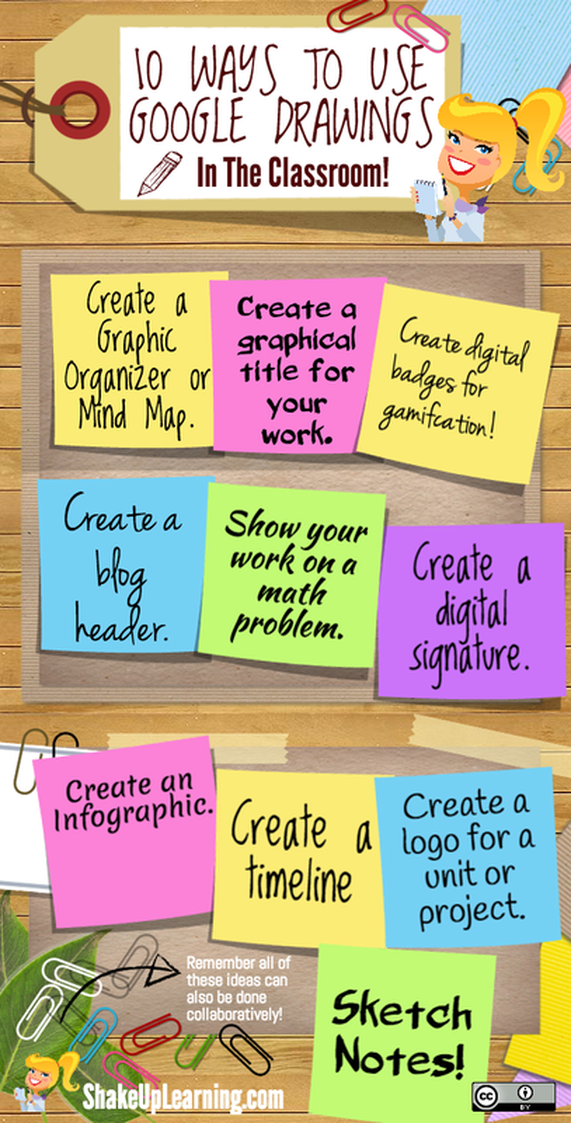December 30, 2014
Sketchnoting is the art of visual recording in which the sketchnoter draws on a multimodal set of tools to communicate their ideas. Unlike traditional note taking, sketchnoting is a primarily visual medium in that it foregrounds the visual element and highlights connections and hierarchies. Sketchnoting involves the blending of words with drawings, shapes, diagrams, and graphic organizers ( e.g arrows, pointers, bullet points..etc). In short, sketchnoting, as I like to think of it, is an advanced form of doodling.
Here is a very good example of how a sketchnote looks like. This is done created by
Rachel SmithAccording to Mike Rohde, author of
The Sketchnote Handbook, sketchnoting has several pluses:
- It engages your whole mind
- It creates a visual map
- Sketchnoting helps your concentration
- Sketchnoting taps our visual language
- Sketchnoting is relaxing
- Creating Sketchnotes is dynamic and fun.
One great and easy way to sketchnote is to do it on iPad. You can be in a conference, listening to a lecture, watching a TED talk, or reading an article and take sketchnotes on your iPad. There are several powerful apps that you can use to facilitate your sketchnoting. The list below features the ones I highly recommend.
But before you install of these apps, let us talk a little bit more on sketchnoting as a process. To sketchnote, you can either use your finger which is most definitely not handy or use a stylus. A stylus is a pen that enables you to scribble, draw, and write on the screen of your iPad. The top five styluses out there now are included in
this list. I personally use
Adonit Jot Pro which is by far the most versatile among them all.
Now that you have got your stylus , you will need a good app where you can sketchnote. If you are looking for a very simple and easy to use app,
FlipInk or
Adobe Ideas are what you need. For advanced sketchnoters I would recommend
Paper 53.
1- FlipinkFlipink is a neat app for you to sketch, share and organize your ideas, thoughts, write down your memos and notes.you can insert images,type texts,and draw graphics as you want, It helps you stay organized and improve productivity, capture ideas flashed through your minds, either at home, at workplace, or on the go.
2- Paper 53Paper is the simplest way to express your ideas. You don’t need to know how to draw. From sketching out a new product design, to drafting a kitchen remodel or outlining a great business plan, Paper sets your ideas free. It works the way you think, with no fussy settings or distractions. Available with Paper are five beautiful tools to Sketch, Write, Draw, Outline, and Color.
3- Adobe IdeasAdobe® Ideas gives you the ability to draw freeform vector illustrations wherever you are. Replace your pen and paper with a huge virtual canvas, customizable brushes, and pressure sensitive stylus support. With a Creative Cloud membership, easily sync Adobe Ideas projects to Creative Cloud and open them for refinement in Illustrator.
4- Air SketchAir Sketch is great for presentations in the boardroom, classroom, or on the go. Just fire up Air Sketch on the iPad and open the specified URL from any HTML-5 compatible browser on the local network. Your photos and drawings show up natively in the browser. There's no additional client software to install, or services to subscribe to.
5- BrushesBrushes is a painting app designed exclusively for the iPhone, iPod touch, and iPad. Rewritten from the ground up, Brushes 3 is universal — the same version runs on both your iPhone and your iPad. Move paintings between your devices and keep working wherever you go!
6- Sketchbook ProAutodesk SketchBook® Pro for iPad is a professional-grade paint and drawing application. Using the same paint engine as its desktop counterpart, SketchBook Pro delivers a complete set of sketching & painting tools through a streamlined and intuitive user interface designed exclusively for the iPad experience.





